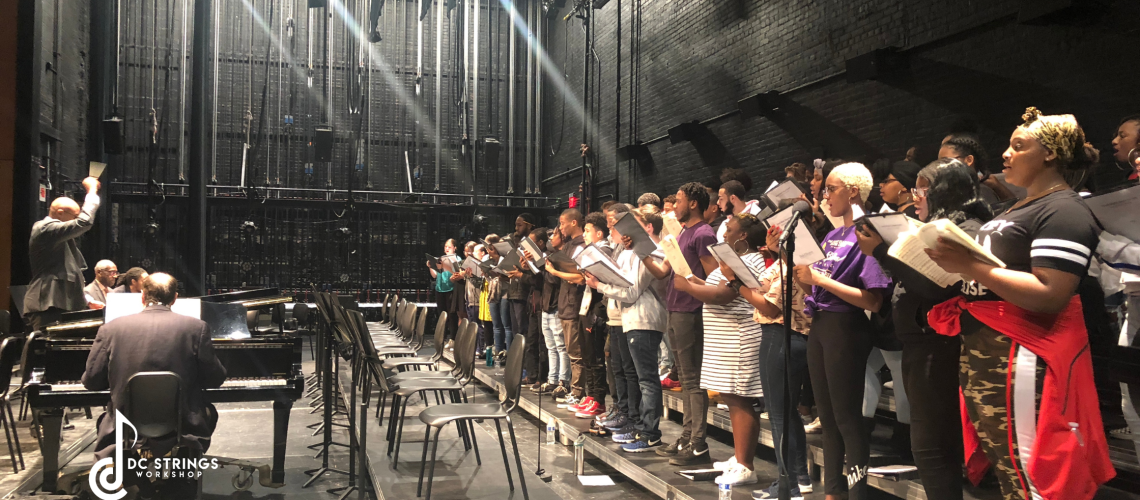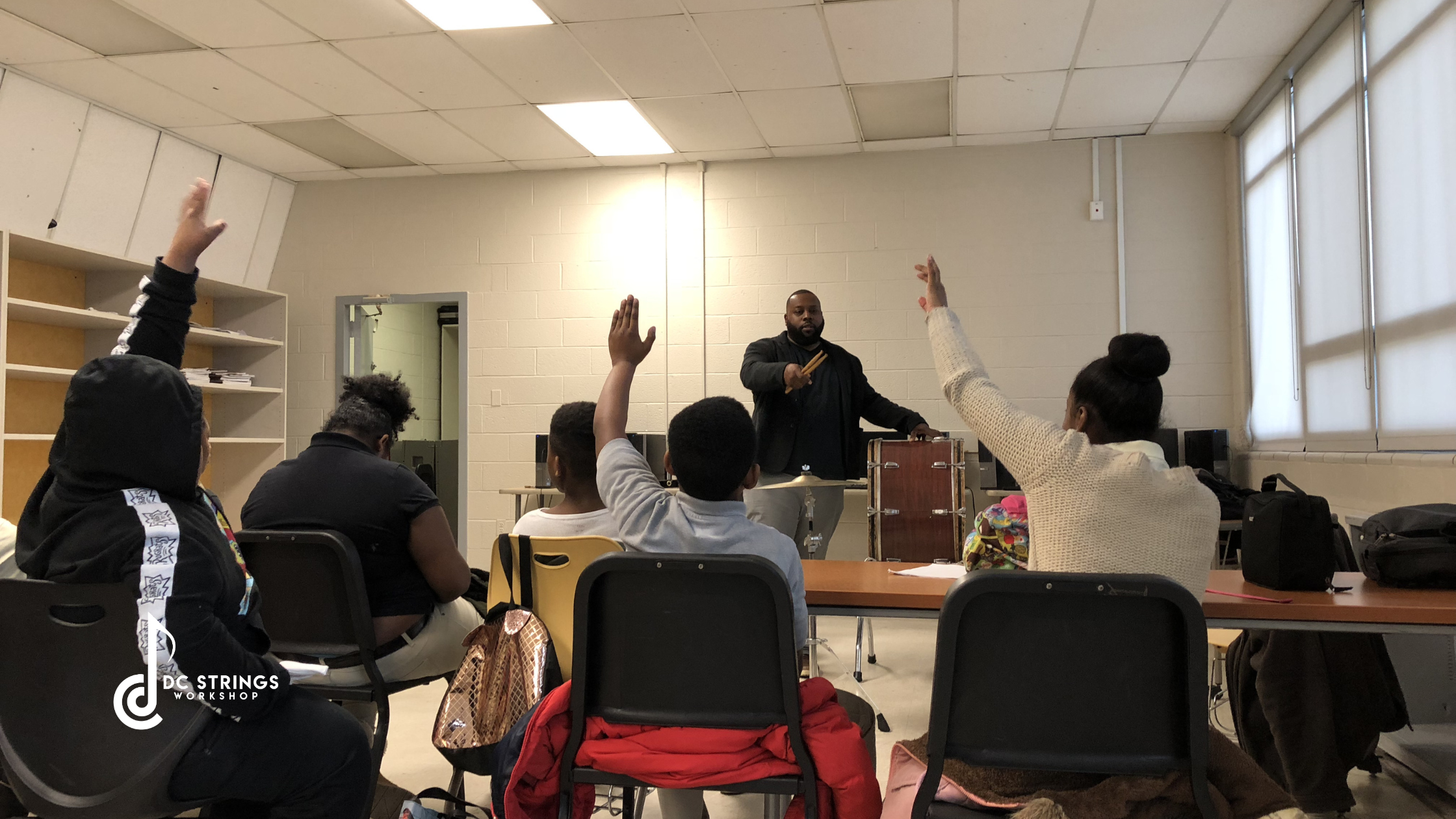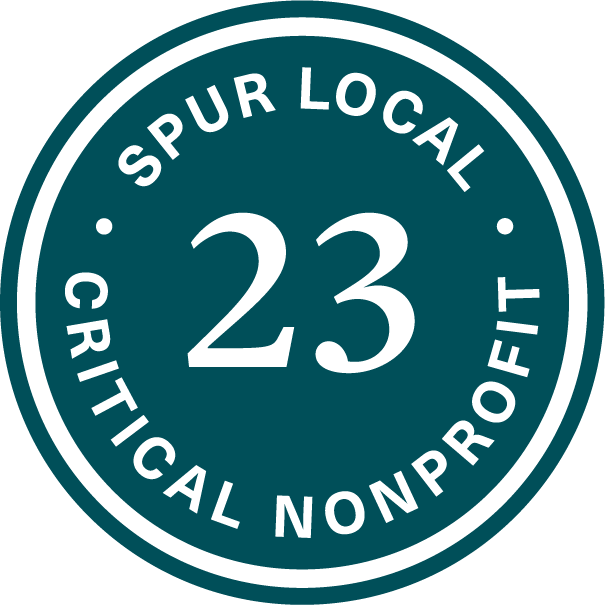The Creative Crescendo
In a world brimming with standardized curricula and rigid academic structures, the importance of nurturing creativity in youth cannot be overstated. While traditional education focuses on imparting knowledge and skills, it’s equally crucial to cultivate the ability to think outside the box, innovate, and express oneself authentically. This is where music education steps onto the stage, offering a harmonious pathway to ignite creativity and foster self-expression in young minds.
The Language of Imagination: Music as a Creative Outlet
From the delicate notes of a piano to the resounding beats of drums, music transcends spoken language, communicating emotions and ideas in a universal manner. Music education empowers students with a unique language for self-expression—one that goes beyond words and taps into the realm of imagination. It also is a powerful tool that brings students together.
When young learners engage with musical instruments or vocal techniques, they discover a canvas for their thoughts and feelings. Playing a melodic phrase or composing a song becomes a medium to externalize emotions that might be challenging to articulate verbally. This uninhibited expression kindles the flames of creativity, encouraging students to explore the spectrum of their thoughts and emotions through the melodies they create.
Composing the Mind: Building the Creative Muscle
Music composition is a journey of crafting intricate narratives through sound. As students experiment with melodies, harmonies, and rhythms, they embark on an artistic exploration that shapes their creative muscle. The act of composing music is akin to painting a canvas with sound, allowing for boundless experimentation and innovation.
By composing music, students learn to structure their ideas, manipulate emotions, and weave intricate stories. These skills are transferable to other creative domains, nurturing a holistic approach to problem-solving and ideation. Just as a composer meticulously arranges musical elements to create a symphony, students learn to arrange ideas in novel ways, fostering originality and imaginative thinking.
Collaborative Crescendo: Ensemble Experiences
Music education is as much about playing solo as it is about collaborating with others. Ensemble experiences, whether in a choir, orchestra, or band, teach young musicians the art of collaboration. When students come together to create a harmonious piece, they learn to blend their individual voices and instruments into a collective tapestry of sound.
Collaborative music-making mirrors the dynamics of creative teamwork. The ability to listen, respond, adapt, and harmonize with others’ ideas is fundamental not only in music but also in various creative endeavors. Through ensemble experiences, students cultivate the skills required to collectively shape a creative vision, contributing their unique voices while maintaining harmony within the group.
The Improvisational Canvas: Fostering Spontaneity
Improvisation, a cornerstone of jazz and certain other genres, offers an exhilarating platform for creative expression. In an improvisational setting, musicians respond spontaneously to the present moment, crafting melodies that emerge from the depths of their creativity. This process nurtures a mindset that thrives on embracing the unknown and embracing risk-taking.
Music education’s emphasis on improvisation instills a sense of fluidity and adaptability in young minds. By learning to create on the spot, students become comfortable with uncertainty—a crucial trait in the creative process. This willingness to explore the uncharted waters of creativity extends beyond music, empowering students to approach challenges with innovative solutions.
Conclusion
Providing access to a quality arts education has long-lasting implications for students of all ages. By encouraging creativity, we allow students to be their true selves and to explore their personalities.
About DC Strings Workshop
DC Strings Workshop (DC Strings) works to build community and expand horizons by engaging diverse audiences, supplying instruments to deserving students, and working to expose students and adults alike to music of women and underrepresented people of color.



